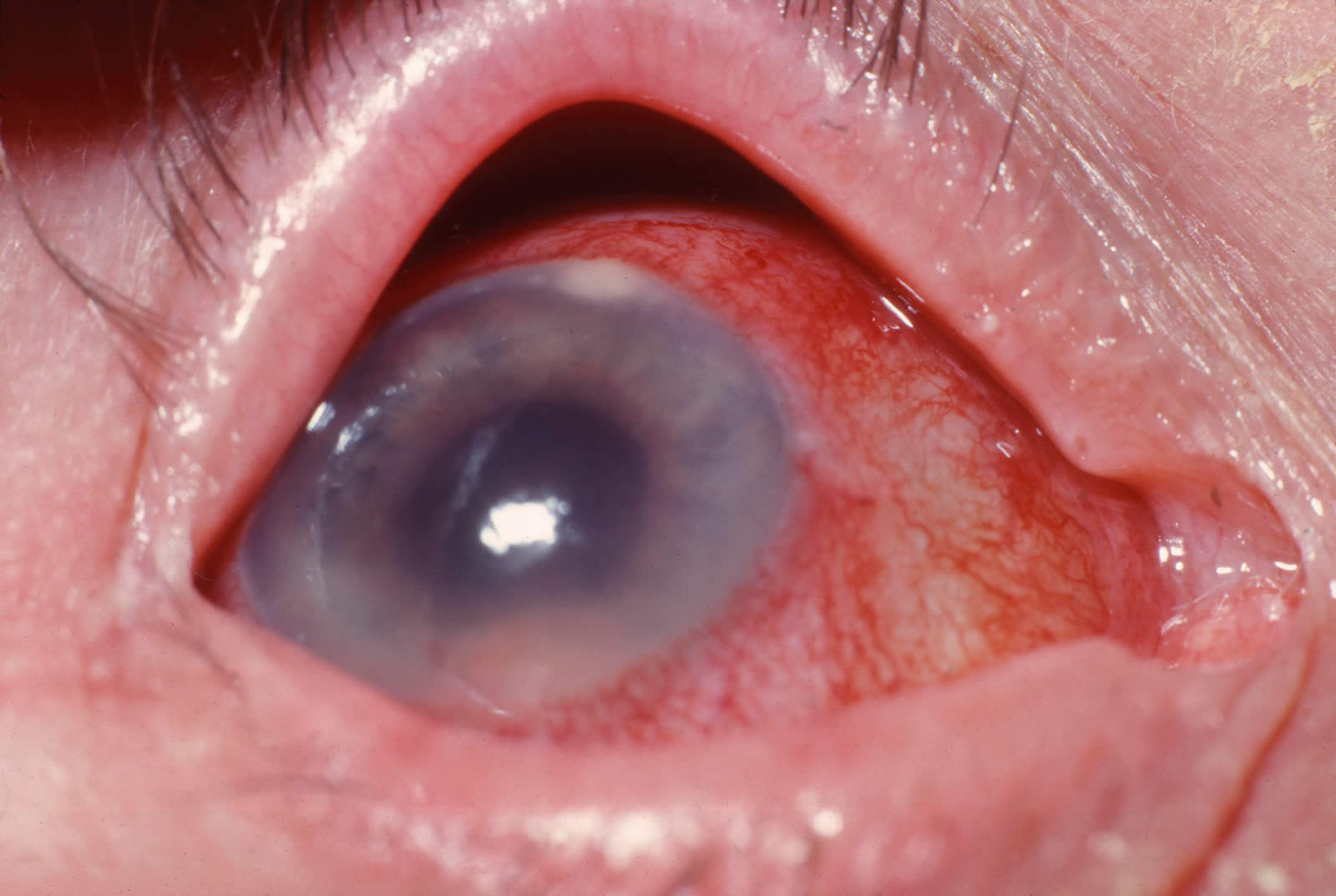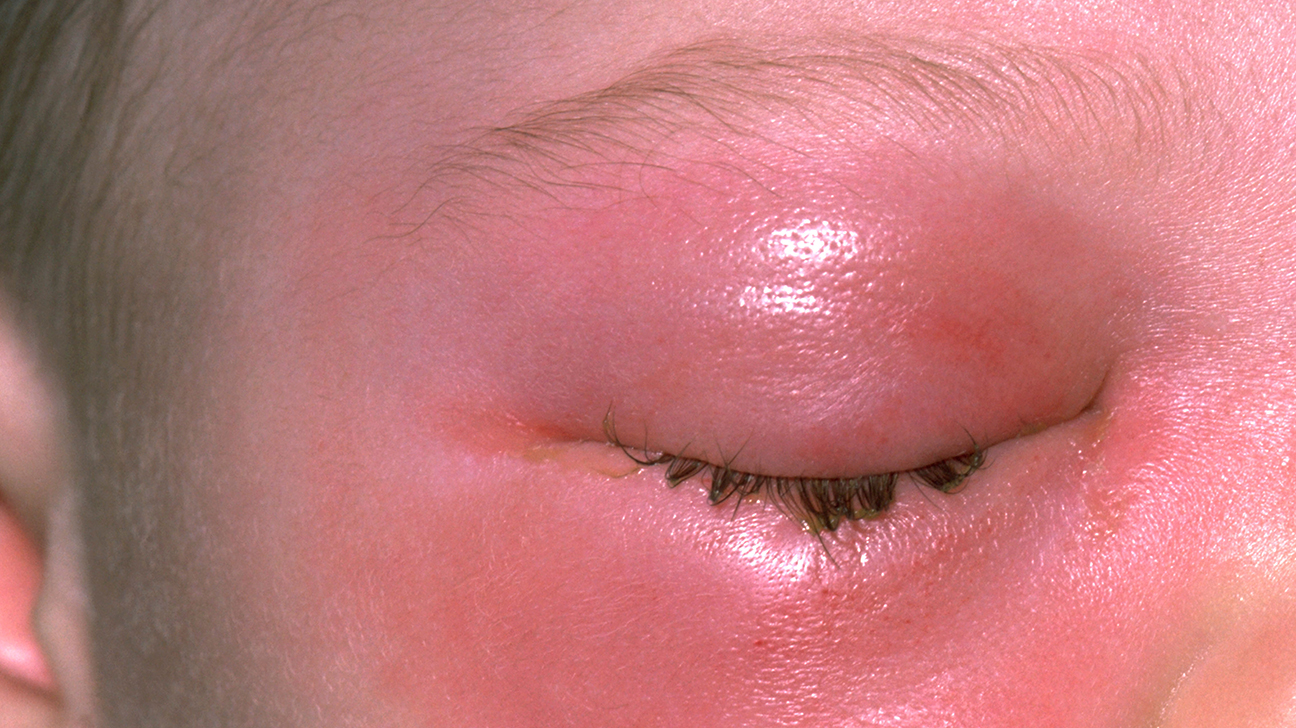8 Common Eye Infections and Their Symptoms
If you’ve noticed some pain, swelling, itching, or redness in your eye, you likely have an eye infection. Eye infections fall into three specific categories based on their cause: viral, bacterial, or fungal, and each is treated differently.
The good news is eye infections aren’t hard to spot, so you can seek treatment quickly.
Here’s everything you need to know about the eight most common eye infections so you can figure out the cause and what to do about it.
1. Conjunctivitis/ Pink Eye
Infectious conjunctivitis, or pink eye, is one of the most common eye infections. It happens when blood vessels in the conjunctiva, the thin outermost membrane surrounding your eyeball, become infected by bacteria or a virus. As a result, your eyes become pink or red and inflamed.
It can also result from allergies or exposure to chemicals, like chlorine, in swimming pools.
Conjunctivitis caused by bacteria or viruses is extremely contagious. You can still spread it up to two weeks after the infection starts. Take note of any of the following symptoms and see your doctor as soon as possible for treatment:
-
reddish or pinkish tint to your eyes
-
watery discharge from your eyes that’s thickest when you wake up
-
itchiness or feeling like there’s something constantly in your eyes
-
producing more tears than usual, especially in only one eye

2. Keratitis
Infectious keratitis happens when your cornea gets infected. The cornea is the clear layer that covers your pupil and iris. Keratitis results from either an infection (bacterial, viral, fungal, or parasitic) or an eye injury. Keratitis means swelling of the cornea and isn’t always infectious.
Symptoms of keratitis can include:
-
redness and swelling in your eye
-
eye pain or discomfort
-
producing more tears than usual or an abnormal discharge
-
pain or discomfort when you open and close your eyelids
-
loss of some vision or blurry vision
-
light sensitivity
-
the sensation of having something stuck in your eye
You’re more likely to develop keratitis if:
-
you wear contact lenses
-
your immune system is weak from another condition or illness
-
you live somewhere that’s humid and warm
-
you use corticosteroid eyedrops for an existing eye condition
-
your eye is injured, especially by plants with chemicals that can get into your eye
See your doctor as soon as possible to stop the infection if you notice any keratitis symptoms.
3. Endophthalmitis
Endophthalmitis is severe inflammation of the inside of your eye resulting from a bacterial or fungal infection. Candida fungal infections are the most common cause of endophthalmitis.
This condition can happen after certain eye surgeries, such as cataract surgery, although this is rare. It may also happen after your eye is penetrated by an object. Some symptoms to watch out for, especially after surgery or an eye injury, include:
-
mild to severe eye pain
-
partial or complete vision loss
-
blurry vision
-
redness or swelling around the eye and eyelids
-
eye pus or discharge
-
sensitivity to bright lights
Treatment depends on what causes the infection and how severe it is.
4. Blepharitis
Blepharitis is an inflammation of your eyelids, the skin folds covering your eyes. This type of inflammation is usually caused by the clogging of the oil glands inside the eyelid skin at the base of your eyelashes. Blepharitis may be caused by bacteria.
Symptoms of blepharitis include:
-
eye or eyelid redness, itchiness, swelling
-
eyelid oiliness
-
the sensation of burning in your eyes
-
feeling like something’s stuck in your eyes
-
sensitivity to light
-
producing more tears than usual
-
crustiness on your eyelashes or corners of your eyes
You’re more likely to develop blepharitis if you:
-
have scalp or eyebrow dandruff
-
are allergic to your eye or face makeup
-
have oil glands that don’t work properly
-
have lice or mites on your eyelashes
-
take certain medications that affect your immune system
5. Sty
A sty (also called a hordeolum) is a pimple-like bump that develops from an oil gland on the outer edges of your eyelids. These glands can get clogged with dead skin, oils, and other matter and allow bacteria to overgrow in your gland. The resulting infection causes a sty.
Sty symptoms include:
-
pain or tenderness
-
itchiness or irritation
-
swelling
-
producing more tears than usual
-
crustiness around your eyelids
-
increased tear production
See your doctor if the pain or swelling gets worse, even with treatment. A sty should disappear in about 7 to 10 days. If it doesn’t, ask your doctor about other possible treatments.
6. Uveitis
Uveitis happens when your uvea gets inflamed from the infection. The uvea is the central layer of your eyeball that transports blood to your retina — the part of your eye that transmits images to your brain. Uveitis often results from immune system conditions, viral infections, or eye injuries. Uveitis doesn’t usually cause any long-term problems, but you can lose vision if a severe case isn’t treated.
Uveitis symptoms can include:
-
eye redness
-
pain
-
“floaters” in your visual field
-
sensitivity to light
-
blurry vision
Uveitis usually starts to improve after a few days of treatment. Types that affect the back of your eye, called posterior uveitis, may take longer — up to several months if it’s caused by an underlying condition.

7. Cellulitis
Eyelid cellulitis, or periorbital cellulitis, happens when eye tissues get infected. It’s often caused by an injury like a scratch to your eye tissues that introduces infectious bacteria, such as Staphylococcus (staph), or from bacterial infections of nearby structures, such as sinus infections.
Young children are more likely to get cellulitis because they’re at higher risk of infection due to the type of bacteria that causes this condition. Cellulitis symptoms include eyelid redness and swelling as well as eye skin swelling. You typically won’t have any eye pain or discomfort.
8. Ocular herpes
Ocular herpes happens when your eye is infected by the herpes simplex virus (HSV-1). It’s often just called eye herpes. Eye herpes is spread by contact with someone who has an active HSV-1 infection, not through sexual contact (that’s HSV-2). Symptoms tend to infect one eye at a time, and include:
-
eye pain and irritation of the eye
-
sensitivity to light
-
blurry vision
-
eye tissue or corneal tears
-
thick, watery discharge
-
eyelid inflammation
Symptoms may go away on their own without treatment after 7 to 10 days, up to a few weeks.
The Bottom Line
Eye infection symptoms often go away on their own in a few days. But seek emergency medical attention if you have severe symptoms. Pain or loss of vision should prompt a visit to your doctor.
The earlier an infection is treated, the less likely you are to experience any complications.



